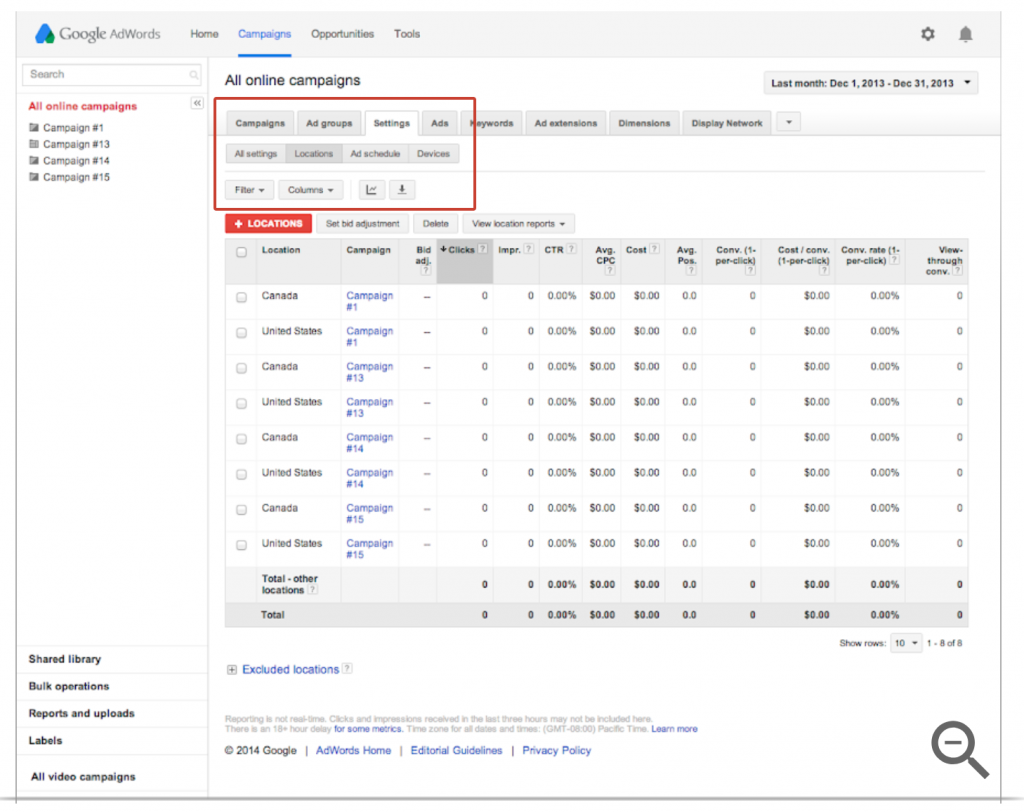ROPO And How To Join The Dots Between Your Online and Offline Sales
Imagine going into a shop to make a purchase and taking over an hour to decide what to buy? It’s a waste of time, and also the reason many of your customers are now researching online and purchasing offline.
ROPO (research online, purchase offline) is more than just a retail buzzword. It’s a very real thing that you need to be aware of and react to. Indeed, research has shown that a staggering 92% of in-store purchases are made by consumers who have already done their research online. They already know what it is they want to buy. All they need to do is go into the store and pay for it.
[tweet_box]92% of in-store purchases are made by consumers who have already done their online research.[/tweet_box]However, for retailers, ROPO can be scary. After all, how to do you join the dots between your online and offline data and sales? How do you ensure that customers who are researching on your website go on to make the actual purchase in your store?
In this article, we take a look at how to use ROPO to your advantage.

Track Customers With Loyalty Cards
One of the easiest ways to keep track of your customers across multiple sales channels is via loyalty cards.
With a loyalty card, a customer will share all their key details with you. These include their date of birth, their phone number, the email address and, of course, their name. Once you’ve got this data, you can then create a stronger online marketing campaign that’s more personalized. This means creating more relevant and specific campaigns that target customer segments.
Measure Your Facebook Ads
According to Facebook themselves: “With offline conversion measurement capabilities on Facebook, you can track when transactions occur in your physical business location and other offline channels after people see or engage with your Facebook ads.”
What this means is that you can measure the effect your Facebook ads are actually having on in-store purchases. The aim is to pair customer data to Facebook accounts. Then, you can see if these accounts engaged with your ads over a specific time period - 24 hours, a week or even a month.
The data you can match includes a phone number, email, date of birth, address and first and last name.
For more information on how to measure your Facebook ads for ROPO, go here.
Use Google Ads
If you’re already using Google AdWords extensions, there are valuable insights you might be able to gather about customers who are researching online before purchasing offline. For example, you can find out how often customers make a phone call that appears in a Google ad.

Or, you might find out how many clicks come from those ads with your store location or opening times. It’s safe to assume that if a site visitor has checked your opening hours and made a click, they’re interested in visiting your physical store.

If you do find that these AdWords extensions (such as Google AdWords location extension) are driving more physical sales, it might be wise to bid higher on them. For example, with Google AdWords Store Visits, retailers can measure the impact a Google ad click has on each visit to their store. To make this work, a customer needs to share their location with Google. The search engine then links their location to the ad and store. Then, an anonymized sample will estimate how many total visits a campaign elicited.

Moreover, AdWords lets you track a consumer’s specific location as they’re looking for information. Customers tend to search for keywords or certain products in a close vicinity to your store. Therefore, it’s possible to conclude that these customers were planning to enter your store and make a purchase.
Either way, before you start double downing on Google AdWords extension, make sure to first of all add your business to Google MyBusiness, and then link it to your AdWords account.
Run Experiments
A simple enough way to track ROPO and measure how effective it is is to set up an experiment or two.
For example, you might want to try running a geo-targeting campaign that involves a specific product that’s only available in certain regions. This gives you the opportunity to learn more about the effect your online campaign has on your in-store sales.
Another experiment you could run is to compare your most popular wish-list products with the actual sales of the same items in your physical store.
Gear Your Website Towards Making More Sales
While ROPO can be advantageous if the customer makes the purchase from your store, it obviously puts you at a disadvantage if they turn to a rival instead.
According to stats, cart abandonment rates are almost as high as almost 80%. That’s super high, but what it tells you is that customers are prepared to research online and purchase offline, but that something is preventing them.
A lot of the time, high or unexpected shipping costs cause a customer to baulk at the checkout. They know that if they make an in-store purchase, they can avoid these costs. As a result, it’s a good idea to build your website around more sales, which might mean retargeting them with free shipping, or adding a return policy to your checkout page.
Adding a POS card reader to your website can help, too. Not only does a card reader make the transaction process more seamless and expand your customers’ payment options, it also helps you bridge the gap between your online and offline sales. It also collects and stores important customer data that you can use to help measure ROPO.
Create an App
Customers who are looking to carry out research on your products will Google your store - but they’ll also do their research via an app if you have one. Indeed, stats have shown that just less than 50% of customers start their online research via Google, but that 26% start theirs via a branded app.
As well as giving your customers the chance to learn more about your products, a branded app also lets you more closely measure ROPO - as well as control it. For example, a mobile app can automatically check a customer in each time they enter a shop, before displaying information based on their offline and online visits, as well as their buying behavior.

Carry Out Surveys
A really simple and effective solution is to ask consumers at the cash register how they came to your store. What prompted them to visit your store in particular to buy your product? If you can generate data from at least 500 customers, you should have enough to make a solid analysis.
Conclusion
Joining the dots between your online and offline sales can be a complex process. Mapping the ROPO effect as accurately as possible requires knowledge and plenty of time, effort, attention - and persistence. Ultimately, however, the rewards are huge. If you can close the ROPO gap and make the transition into data-driven marketing, you’re onto a winner.
Read Also
How to Target Customers & Boost Sales with Abandoned Cart Email in Magento 2
15 Ecommerce CRO Tactics You Can Implement Today to Increase Sales
5 Secret Ways to Boost Sales with YouTube, Using YouTube Analytics
Why Sales Automation Is Important?
5 Ways to Unlock Your Sales Potential On Instagram in 2018
Don’t miss out these all-time favourites
- The best hosting for a WordPress website. Tap our link to get the best price on the market with 82% off. If HostPapa didn’t impress you check out other alternatives.
- Website Installation service - to get your template up and running within just 6 hours without hassle. No minute is wasted and the work is going.
- ONE Membership - to download unlimited number of WordPress themes, plugins, ppt and other products within one license. Since bigger is always better.
- Ready-to-Use Website service is the ultimate solution that includes full template installation & configuration, content integration, implementation of must-have plugins, security features and Extended on-page SEO optimization. A team of developers will do all the work for you.
- Must-Have WordPress Plugins - to get the most essential plugins for your website in one bundle. All plugins will be installed, activated and checked for proper functioning.
- Finest Stock Images for Websites - to create amazing visuals. You’ll get access to Depositphotos.com to choose 15 images with unlimited topic and size selection.
- SSL Certificate Creation service - to get the absolute trust of your website visitors. Comodo Certificate is the most reliable https protocol that ensures users data safety against cyber attacks.
- Website speed optimization service - to increase UX of your site and get a better Google PageSpeed score.
Get more to your email
Subscribe to our newsletter and access exclusive content and offers available only to MonsterPost subscribers.

Leave a Reply
You must be logged in to post a comment.